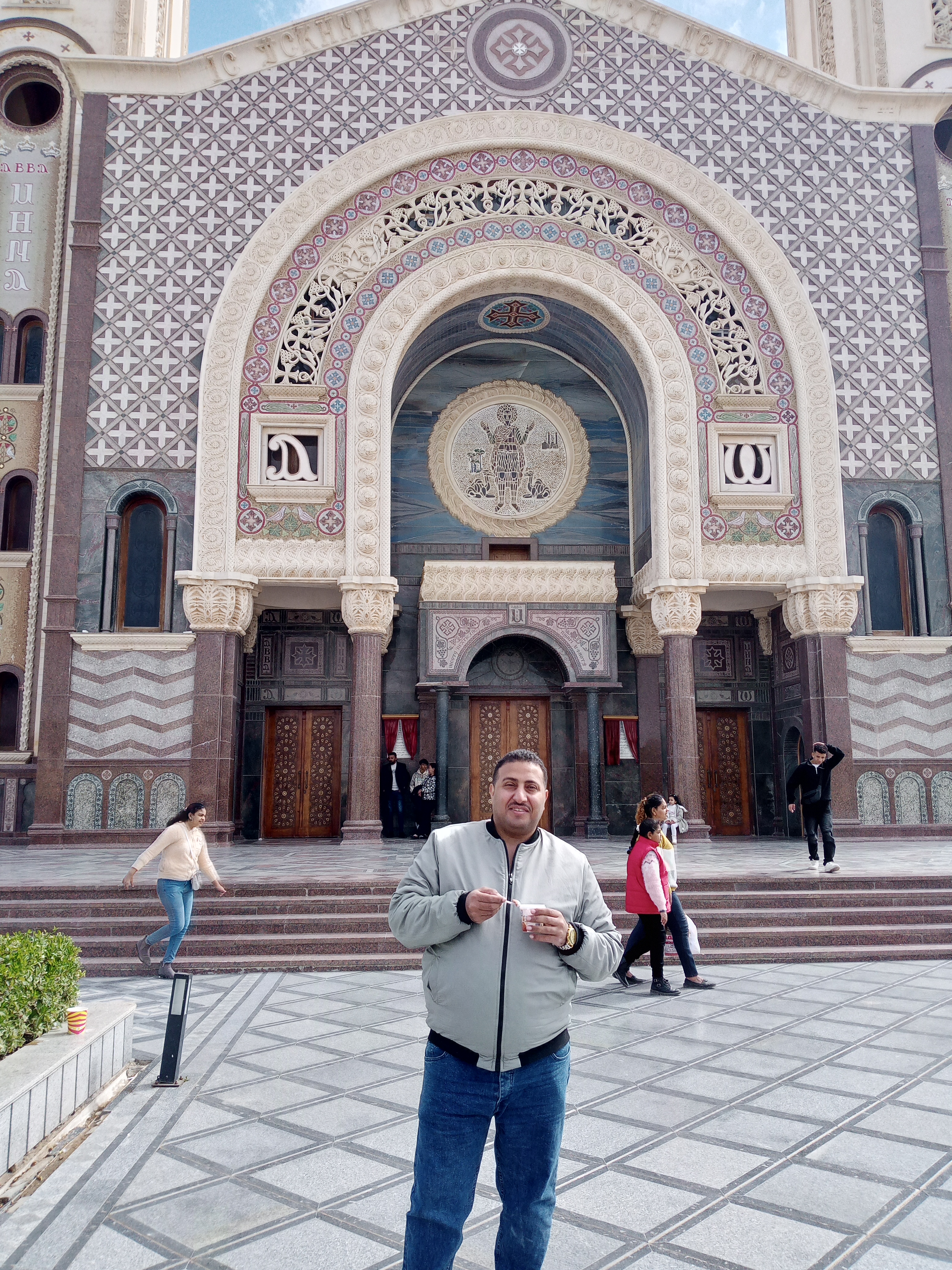كنيسة السيدة العذراء مريم
كانت كنيسة السيدة العذراء مريم هى محطتنا الثانية في جولتنا بمجمع الأديان، وتقع في الجهة المقابلة لكنيسة مارجرجس على يسار الداخل من بوابة المنطقة ويسبقها منطقة أثرية تاريخية بها الكثير من المعالم والأيقونات الهامة ثم مداخل للمقابر ثم في الأمام تشاهد مبنى الكنيسة وتتميز بوجود بئر في مقدمة الكنيسة على اليسار له مدخل خاص تنزل إليه بسلالم متعددة ويحتوى كذلك على أيقونات ومعالم أثرية تاريخية هامة،
نهر النيل
نهر النيل هو أطول نهر في العالم، يقع في قارة أفريقيا ويمتد بطول يبلغ حوالي 6,650 كم (4,130 ميل) ليصب في البحر الأبيض المتوسط. يتكون من رافدين رئيسيين هما النيل الأبيض والنيل الأزرق، ويغطي حوضه 11 دولة أفريقية. يعد النيل شريان الحياة الرئيسي لمصر، حيث يوفر لها المياه اللازمة للزراعة والسكن والكهرباء، وكانت حضارة مصر القديمة مرتبطة ارتباطًا وثيقًا بالنهر وفوائده.






